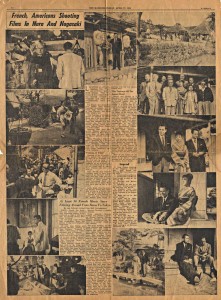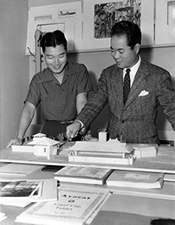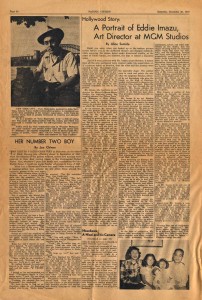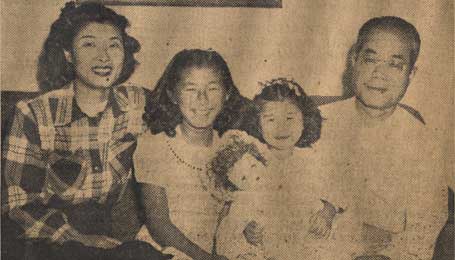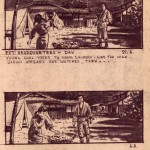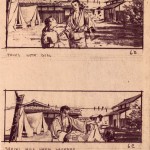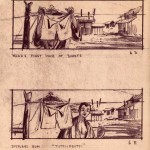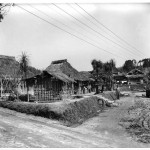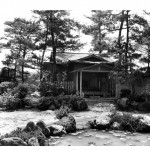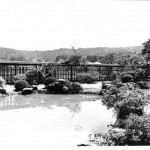By Jack Schemeil, United Press Staff Correspondent
PARIS – French film directors and movie-house owners were expressing anxiety at the exodus of at least 30 film stars who are filming abroad from Rome to Tokyo.
At latest count worried film personalities drew this picture of the mass temporary emigration:
In Asia: Jean Marais and Danielle Darrieux working on Yves Ciampi’s “Francais a Tokio” (Frenchman in Tokyo) presently shot in Nagasaki.
Lise Bourdin, Dominique Wilms and Jean Gabin preparing to start Andre Pragment’s “La Riviere aux Trois Jonques” (The Three-Junk River) in Saigon, Indochina.
North America: Claude Dauphin stars in the stage play “Janus” on New York’s Broadway. Edith Piaf sings in New York. Charles Boyer, Nicole Maurey, Jacques Sernas and Marcel Dalio are in Hollywood.
Maurice Chevalier is singing in Canada.
South America: Mexican director Luis Bunuel is directing Simone Signoret, Georges Marchul, Georges Vanel, and Michele Girardon for his “La Mort en ce Jardin” (Death in this Garden).
The stage company of Jean Louis Barrault and Madeleine Renaud have just begun a lengthy tour after abandoning their regular Theatre des Ambassadeurs in which for 10 years they provided French theater-lovers with some of the capital’s best entertainment.
Jean-Pierre Aumont who recently married Italian film star Marisa Pavan is still honeymooning in Honolulu.
In Europe: Lise Renaud is becoming a singing star on British television. Leslie Caron, considered here a French star, is filming “Gigi” in London where comedian Robert Dhery with his Branquignols Troupe is a major hit. Also in Britain Genevieve Page has just begun a film with David Niven.
Italy is literally overrun by French film and stage stars. Martine Carol, France’s national pin-up, is finishing “Scandale a Milan” (Scandal in Milan). Yves Montand is starring in “Hommes et Loups” (Men and Wolves) in the Abruzzis.
Micheline Presle, Claudine Dupuis, Frank Villard are working on “Beatrice Cenci” while Serge Reggiani is completing “La Femme du Jour” (The Woman of the Day). Michel Auclair is also negotiating there for a new film.
Film directors and movie-house owners as well as theater-owners are worried because they need the names to attract the audiences.

